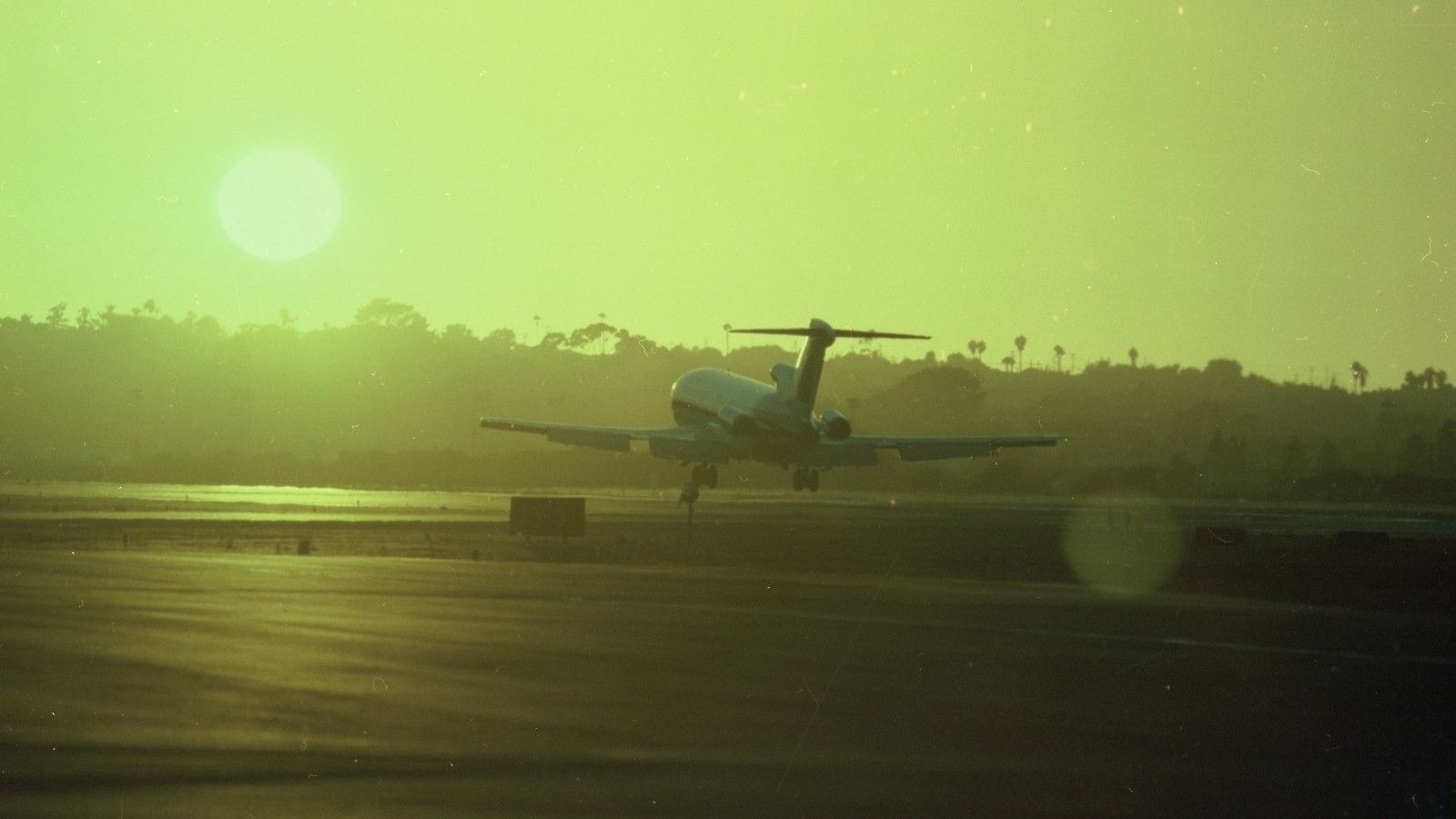The Final Trijet in U.S. Commercial Service

The Boeing 727: A Historical Overview
The Boeing 727 is an iconic aircraft that will be remembered as one of the workhorses of the early days of jet-powered commercial aviation. It stands out as the only trijet aircraft ever produced by Boeing, powered by three Pratt & Whitney JT8D low-bypass turbofan engines. This unique design made it a versatile and reliable option for airlines during its time.
The 727 entered commercial service in February 1964 with Eastern Air Lines. It remained in operation for nearly four decades, with Delta Air Lines being the last U.S. airline to operate scheduled passenger flights with the aircraft. On April 6, 2003, Delta Air Lines conducted the 727's final commercial flight, marking the end of an era for this remarkable aircraft.
The Development and Popularity of the Boeing 727
The Boeing 707, which entered commercial service in 1958, was a huge success for Boeing. However, the company recognized a need for a short-haul narrowbody jet capable of operating at smaller airports. This led to the development of the 727, which became a game-changer in the aviation industry.
The 727 was designed to meet the growing demand for regional air travel, making it a popular choice among airlines across the world. Its ability to operate at high-altitude airports, often referred to as 'hot and high' airports, made it particularly suitable for airlines in mountainous regions like South America. For example, Lloyd Aéreo Boliviano (LAB) found the 727 to be an ideal solution for their operations.
One of the key advantages of the trijet configuration was that it allowed the wings to be positioned further back on the fuselage, shifting the center of gravity rearward and improving fuel efficiency. Compared to the 707, which had four engines, the 727 was more fuel-efficient, making it a preferred choice for many airlines.
Delta Air Lines and the Boeing 727
Delta Air Lines took delivery of its first Boeing 727 in 1972 and operated a total of 191 of the aircraft over the next 31 years. These included eight 727-100s and 183 727-200s. Delta even received both the 500th and 1,000th 727 built by Boeing, highlighting the aircraft's significance in the airline's fleet.
Delta's President and Chief Operating Officer at the time, Frederick W. Reid, praised the 727 for its durability and role in the company's growth. He noted that the aircraft was a vital part of Delta's operations for over 30 years.
However, as technology advanced, the 727 became increasingly expensive to operate. The three-engine design put it at a disadvantage compared to modern twin-engine aircraft, especially during the fuel crises of the 1970s and 1990s. Additionally, the requirement to carry an engineer on each flight added to operational costs, leading airlines to retire their fleets.
Delta eventually replaced its aging 727s with the Boeing 737-800 and 757-200. Today, the airline still operates sizable fleets of both aircraft, with 77 737-800s and 88 757-200s in service.
Other Major Operators of the Boeing 727
United Airlines was the largest operator of the Boeing 727, with a total of 230 aircraft in its fleet, including 126 727-100s and 104 727-200s. Other major operators included All Nippon Airways, Iberia, Air France, Tunisair, Aerolíneas Argentinas, Ansett Australia, and avianca.
The 727-200 variant was the most popular, and it played a significant role in the Star Alliance carrier's fleet until 2001. However, the 727-100 faced several high-profile crashes, including United Airlines Flight 389, Flight 227, and Flight 266, which collectively resulted in 111 fatalities and damaged the aircraft's reputation.
The Final Flights and Legacy of the Boeing 727
The last ever passenger Boeing 727 flight was operated by Iran Aseman Airlines on January 13, 2019. The aircraft flew from Zahedan Airport to Tehran Imam Khomeini International Airport before being retired. Iran Aseman Airlines operated a total of four 727s between 1998 and 2019.
Despite its legacy as an iconic aircraft, the Boeing 727 did not have the best safety record. Since entering commercial service in 1964, the 727 was involved in 353 incidents, including 120 hull losses, resulting in over 4,000 fatalities. Some of the most notable crashes include:
- United Airlines Flight 389 (August 16, 1965): Crashed into Lake Michigan, killing all 30 passengers and crew.
- Eastern Air Lines Flight 66 (June 24, 1975): Crashed while on approach, killing 113 of the 124 onboard.
- Mexicana de Aviación Flight 940 (March 31, 1986): Crashed into the Sierra Madre mountains, killing all 167 passengers and crew.
Boeing ended production of the 727 in 1984, having delivered a total of 1,832 aircraft worldwide. Despite its early challenges, the 727 played a crucial role in shaping the commercial aviation industry during a time when jet travel was rapidly expanding.
Post a Comment for "The Final Trijet in U.S. Commercial Service"
Post a Comment